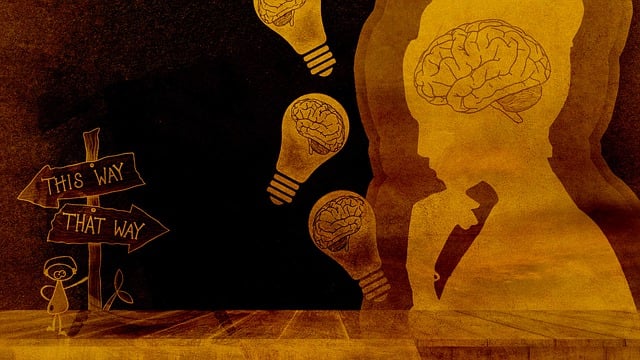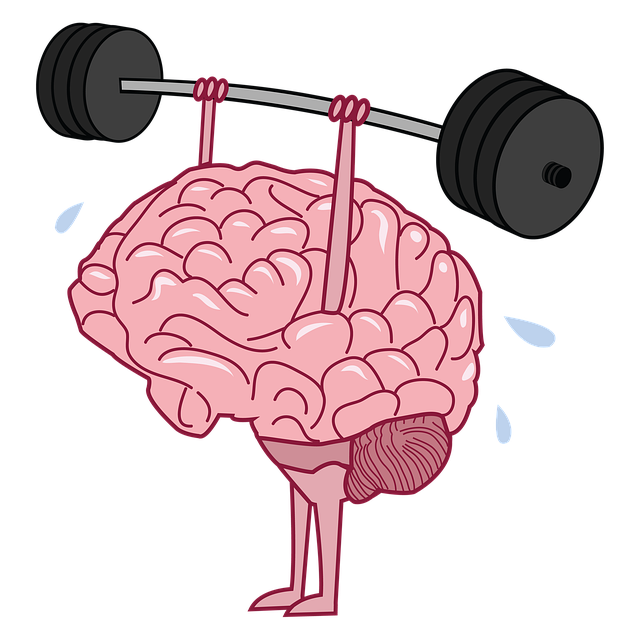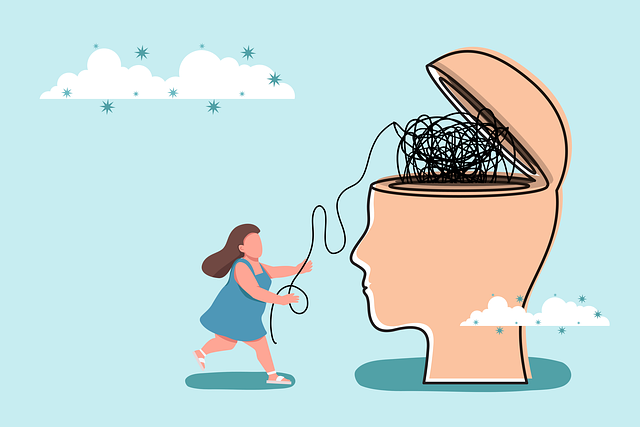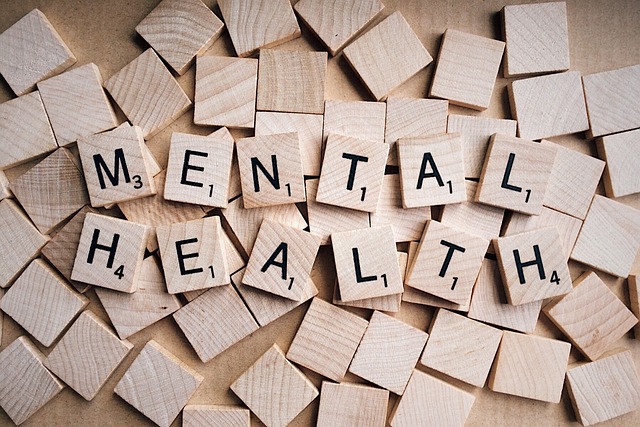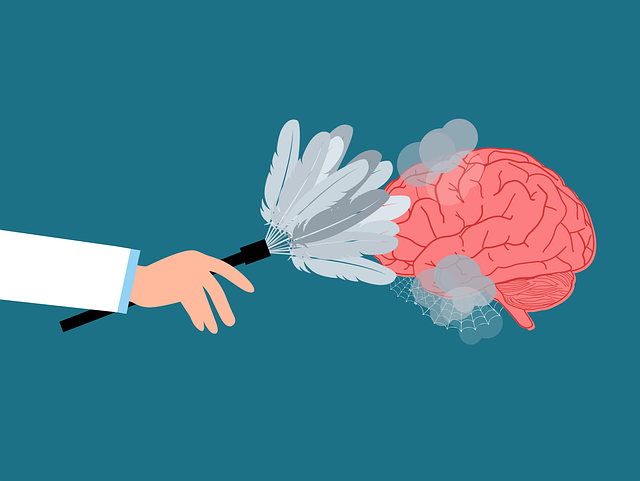Adolescent teens face distinct mental wellness challenges including peer pressure, academic stress, and identity formation, requiring specialized therapy like grief counseling. Stress reduction methods and mental wellness journaling exercises empower them to cope, self-regulate, and build resilience. Evaluating therapy effectiveness involves tracking emotional regulation skills, communication strategies, and youth feedback. Long-term impact assessment using standardized questionnaires measures anxiety, depression, and trauma symptoms for program refinement, addressing emerging issues in at-risk populations. Keyword focus: Therapy for Adolescent Teens Grief Counseling.
Mental wellness programs tailored for adolescent teens face unique challenges, requiring targeted evaluation methods. This article explores strategies for assessing therapy effectiveness in this demographic, with a focus on integrating grief counseling and adolescent feedback. Understanding the specific needs of this age group is crucial for designing impactful programs. By examining both short-term outcomes and long-term impacts, mental health initiatives can be refined to offer sustainable support, ensuring better wellness for teen participants. Additionally, exploring grief counseling techniques enhances these programs’ reach and efficacy, addressing a critical aspect of adolescent development.
- Understanding the Unique Needs of Adolescent Teens
- The Role of Grief Counseling in Mental Wellness Programs
- Evaluation Methods for Therapy Effectiveness
- Incorporating Adolescent Feedback and Participation
- Measuring Long-Term Impact and Adjusting Program Strategies
Understanding the Unique Needs of Adolescent Teens

Adolescent teens face unique challenges that require tailored mental wellness program evaluation methods. This demographic often grapples with issues like peer pressure, academic stress, and identity formation, which can significantly impact their emotional well-being. The need for specialized support becomes evident when considering the complex interplay of hormonal changes, social media influence, and personal experiences during these formative years.
Effective evaluation strategies for mental wellness coaching programs among teens should incorporate tailored therapy sessions, such as grief counseling, to address specific concerns. By integrating Stress Reduction Methods and Mental Wellness Journaling Exercise Guidance, professionals can empower adolescents with coping mechanisms. These approaches not only enhance self-awareness but also foster resilience, enabling teens to navigate life’s challenges more effectively.
The Role of Grief Counseling in Mental Wellness Programs

Grief counseling plays a pivotal role in mental wellness programs tailored for adolescent teens. It recognizes and addresses the profound impact of grief on an individual’s emotional well-being, a factor often overlooked in mainstream therapy. The loss of a loved one can significantly disrupt a teen’s sense of security and self-esteem, leading to prolonged periods of sadness, anger, or even withdrawal. Grief counseling provides a safe space for teens to express these complex emotions, fostering healthy coping mechanisms that promote resilience.
Through specialized techniques, grief counselors help adolescents develop effective strategies for mood management. They learn to identify and challenge negative thought patterns associated with loss, replacing them with more adaptive perspectives. This process not only eases the immediate pain of grief but also empowers teens with long-lasting emotional well-being improvement skills, enabling them to navigate future challenges with greater resilience. Self-esteem improvement is a key outcome, as teens come to understand their feelings as normal responses to significant loss, encouraging self-compassion and personal growth.
Evaluation Methods for Therapy Effectiveness

Evaluating the effectiveness of therapy programs, especially for adolescent teens dealing with grief, is a multifaceted process. One key method involves measuring changes in emotional regulation skills over time. By assessing a teen’s ability to manage and express their emotions healthily, counselors can gauge the success of the counseling sessions. This could include tracking improvements in anxiety relief techniques, as many therapeutic approaches aim to empower teens with tools to combat heightened anxiety often associated with grief.
Additionally, observing and quantifying changes in communication strategies is essential. Effective therapy encourages open dialogue and improved interpersonal interactions. Evaluating a teen’s ability to articulate their feelings, maintain healthy boundaries, and engage in constructive conversations can provide valuable insights into the overall therapeutic process. These methods collectively help tailor and optimize therapy for adolescent teens, ensuring they receive the most appropriate support for their grief counseling needs.
Incorporating Adolescent Feedback and Participation

Incorporating feedback from adolescent teens is a vital component of evaluating and enhancing mental wellness programs, especially when addressing issues like grief counseling. Engaging young individuals in the assessment process empowers them to contribute their unique perspectives, ensuring that the program aligns with their specific needs and experiences. This participation goes beyond simple input; it fosters a sense of agency and ownership among teens, encouraging open communication about their mental health struggles, including anxiety relief and burnout prevention. By actively involving adolescents in program design and implementation, mental health professionals can better tailor interventions to reduce the stigma associated with mental illness and create more effective support systems.
When integrating adolescent feedback, it’s crucial to adopt inclusive methods that encourage honest participation. This may involve dedicated focus groups, anonymous surveys, or creative avenues like art projects or storytelling sessions. By providing teens with various ways to express themselves, program evaluators can gather rich insights into the impact of therapy for adolescent teens and identify areas for improvement. Such approaches not only enhance program effectiveness but also contribute to mental illness stigma reduction efforts by promoting youth-led mental wellness initiatives.
Measuring Long-Term Impact and Adjusting Program Strategies

Evaluating the long-term impact of mental wellness programs is essential to understanding their effectiveness and making informed adjustments. This process involves tracking participants’ mental health outcomes over an extended period, often years after the initial program participation. By employing various assessment tools, such as standardized questionnaires and clinical interviews, researchers can gauge improvements or relapses in symptoms related to anxiety, depression, and trauma. For instance, in the context of grief counseling for adolescent teens, measuring long-term impact could involve assessing their emotional regulation skills, resilience, and overall well-being at different intervals post-program.
This data-driven approach allows mental health professionals to refine program strategies, ensuring they remain relevant and impactful. If certain aspects prove less effective over time, adjustments can be made to address emerging challenges, such as incorporating new therapeutic techniques or tailoring interventions for specific demographics. For example, integrating emotional intelligence training into existing programs has shown promise in improving depression prevention among young adults, indicating a need for continued evaluation and adaptation in mental wellness initiatives, especially when focusing on at-risk populations like adolescent teens who may face unique barriers to emotional well-being.
Evaluating mental wellness programs is essential to ensure their effectiveness in supporting adolescent teens. By understanding the unique needs of this demographic, incorporating grief counseling, and seeking feedback from participants, programs can tailor their strategies to promote long-term well-being. Measuring the impact of therapy for adolescent teens allows for continuous improvement, ensuring that these vital services remain adaptive and responsive to the evolving mental health landscape. This comprehensive approach, including assessment methods and youth participation, is key to creating successful and sustainable mental wellness initiatives.
